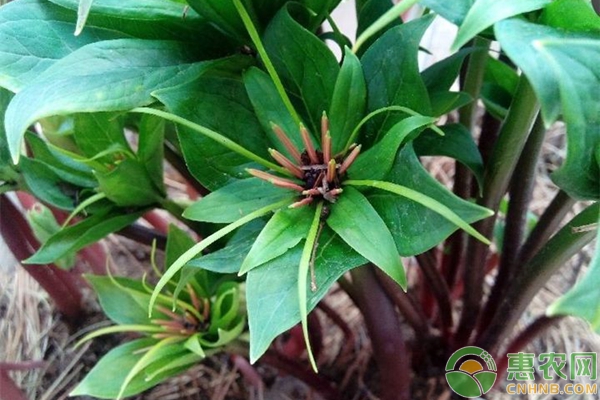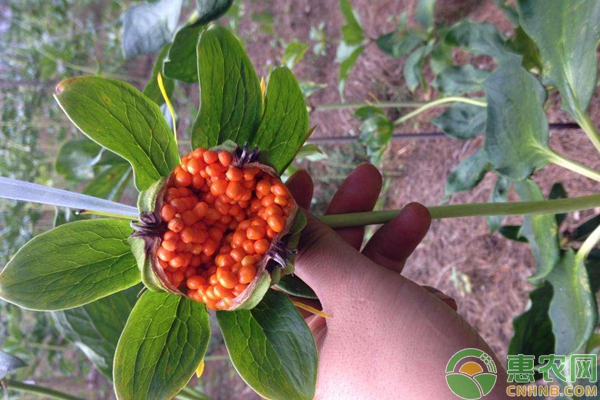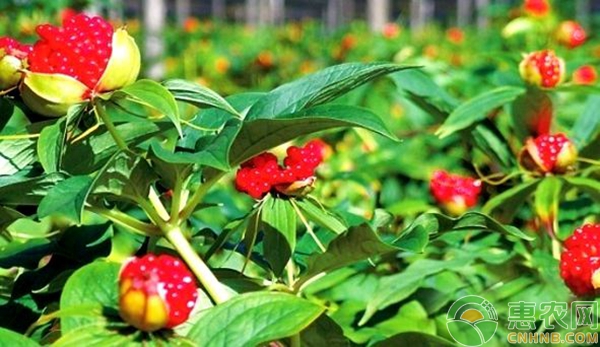The heavy building is a well-known Chinese herbal medicine, which has the effects of clearing away heat and detoxifying, cooling liver and setting shock. In recent years, many regions have begun to plant large-scale buildings to become rich roads. The following small series will tell you about the key technical points of heavy building.

First, land preparation and land preparation
The nursery land is generally selected in the under-shade or vegetable garden where the shade is shaded, the shelter is high, and the irrigation and drainage is good. Since the heavy building belongs to the shallow root crop, the seedling process and the plant growth are slow, so the soil requirements are high. To ensure that the soil is porous and porous, the organic matter is rich in content. After the land selection, we must do a good job in land preparation, choose sunny weather, deep soil, and deep depth of more than 25 cm to break the bottom of the plow. In the process of land preparation, it is necessary to promptly remove the gravel, weeds and roots in the field to ensure that the ground is level and the soil is finely divided. Combine with the soil preparation, apply 3,500 kg of fully decomposed organic fertilizer per acre, and then level the ground. The raft is 120 cm wide and opens a drain with a width of 35 cm and a depth of 25 cm. Construct a wire cement scaffold with iron wire and cement piles, and cover the cover above the scaffolding to help create a shaded and humid environment for the growth of the heavy building.
Second, nursery
1. Scientific selection
It is necessary to choose the seeds with full granules, high maturity, no pests and diseases, and no moldy and deteriorated seeds. After the selection, the skin is manually removed and exposed to sunlight for 2-3 days to improve the water absorption capacity of the seed. Then, the seeds and fine sand are mixed and stored in a ratio of 1:3, and the storage temperature is controlled at 20 ° C. During the period, the sand should be kept moist and turned over once every half month to ensure that the seeds are fully breathed to avoid rotten species. A 1.2 m wide vane was opened on a prepared seedbed, and a drain of 25 cm and a width of 35 cm was opened around the vane. Soil disinfection was carried out using a 0.5% carbendazim solution one week prior to sowing.
2. Scientific seeding management
When 30% of the seeds are white, the seeds are taken out for sowing. Seeding can be carried out on-demand. In general, the planting density is maintained at 4 cm × 4 cm, and the seeding depth is controlled at 2 cm. After sowing, cover a layer of decomposed leaves above and then irrigate the water. After sowing, the moisture of the seedbed should be combined with proper irrigation to keep the seedbed moist and the weeds should be removed in time. After the seeds have grown radicle, a 0.2% potassium dihydrogen phosphate solution and a 0.5% carbendazim solution are sprayed once after irrigation.
After the emergence of the heavy building, the shading treatment should be done well, and the irrigation amount should be strictly controlled. Generally, the irrigation should be carried out once every half month, and weeds should be found in the seedbed and removed in time. In the whole seedling period, pig manure is irrigated 2-3 times a year, and it can be transplanted after about 3 years of cultivation. The covering can be appropriately reduced during the whole cultivation process to increase the illumination.

Third, timely transplanting
When the seedlings were grown to 3 years, the seedlings were excavated during the formation of the adventitious buds in the winter of the third year, and planted according to the specifications of 20 cm × 25 cm. After transplanting, it is necessary to cover the shading net in time. The height of the shading net is generally controlled at 1.8-2.0 m. Under normal circumstances, the transplanting season is best chosen in the winter, after the ground part of the seedlings, the roots enter the dormant period. During the whole transplanting process, it is necessary to ensure soil transplanting to ensure that the top buds and the roots are not damaged to increase the survival rate.
Fourth, do a good job in field management
1. Cultivating weeding
The heavy building belongs to the shallow root crops, and it mainly sprouts new roots in the autumn and winter seasons. Therefore, after the heavy building is planted, it is necessary to do the cultivating and weeding work. The weeding date is generally selected from the beginning of the underground rhizome growth in September-October, with shallow cultivating to avoid damage to the root system. The cultivating and weeding should be combined with the soil and applied to the fertilizer to ensure the safe wintering of the building. Before and after the beginning of spring, the seedlings of the heavy building will gradually grow out, and the weeds in the field will be removed in time. In the weeding process, it is necessary to avoid damage to the roots and underground rhizomes of the heavy building, so as not to affect the normal growth of the heavy building.
2. Scientifically do a good job in water and fertilizer management
There is more rain during the growth of the heavy building, so it is usually not necessary to irrigate, and in the concentrated rain season, the field drainage work should be done. Clean up the drainage ditch around the field in time to ensure smooth drainage of the trench. When encountering dry weather, it is necessary to combine the humidity in the field for timely irrigation. The roots of the local roots are not suitable for irrigation after emergence, otherwise it is easy to cause bad roots. The heavy building needs to be topdressed about 2 times a year, once a year in spring and once in winter. Winter topdressing is generally carried out from late November to early December. After field tillage, the fertilizer is applied in time, and 30 kg of compound fertilizer is applied per acre. Spring fertilization is generally carried out in the middle of April, with 30 kg of compound fertilizer per acre.

3. Do a good job in pest control
The main pests and diseases of the main building are root rot, leaf blight, tiger, and cockroach. On the basis of doing a good job in agricultural prevention and control for these pests and diseases, we must scientifically select chemical drugs for scientific and technological prevention and treatment. The incidence of disease in the field can reach the standard of prevention and control. It can be treated with 500 times of carbendazim or 200 times of quicklime to prevent root rot. The heavy wood leaf blight can be sprayed with Bordeaux liquid in a 200-fold solution, which has a good control effect. Ground tigers and cockroaches can use 2.5% enemy killing emulsifiable concentrate 20 mL and 50 kg of water for field spraying, and the control effect is remarkable.
The above is the key technical points for the cultivation of heavy buildings organized by Huinong. The growers must do a good job in the selection of land preparation, seedling, timely transplanting and field management. Ensure the quality, high yield and high efficiency of the heavy building!
Rabies is a fatal viral encephalitis which can be effectively prevented by prophylactic measures. The currently available cell culture vaccines used for rabies prophylaxis are used by the standard intramuscular route of administration
Im Rabies Vaccine,Delayed Rabies Vaccine,Rabies Vaccine For Humans,Im Rabies Vaccine For Humans
Changchun Zhuoyi Biological Co., Ltd , https://www.zhuoyi-bio.com